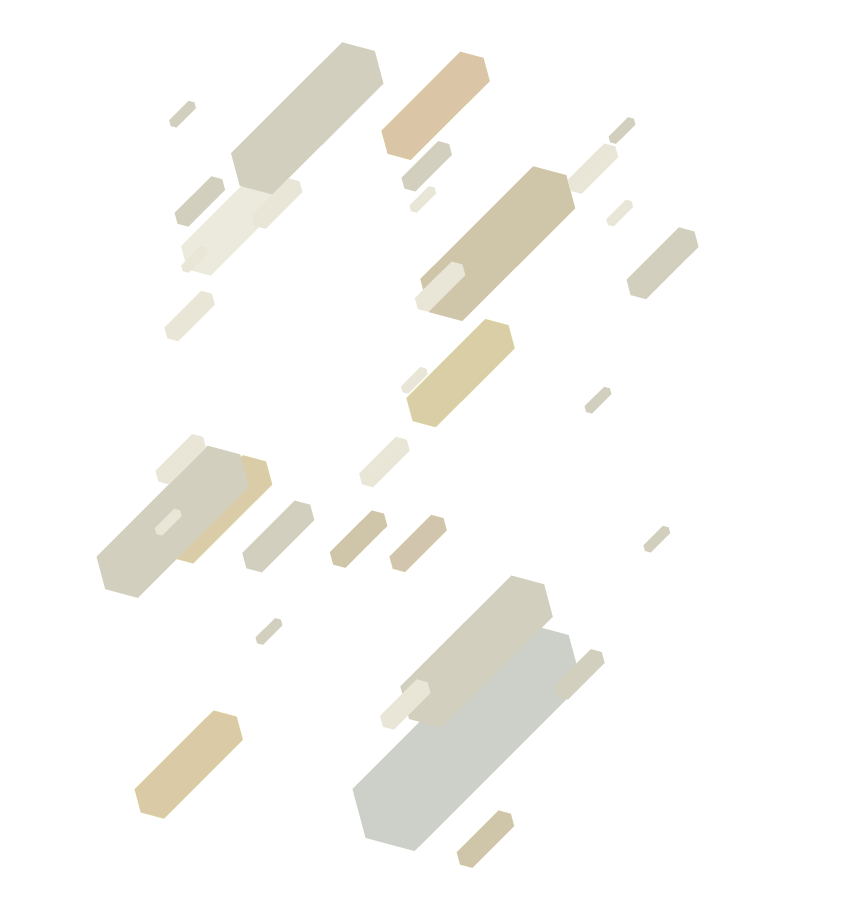


The work was composed in relation to Tres miradas sobre Machaut, a project of the Taller Sonoro ensemble in which a performance of Guillaume de Machaut’s Messe de Nostre Dame is combined with modern compositions. For Elena Mendoza, the interest of referring to Ars Nova compositional technique lies in the freedom of using it, more than in its inferred strictness.
The starting point of Díptico was, on one hand, the requirement of subordinating a multiplicity of details to a higher-order coherence, and on the other hand, thinking in terms of complex “timbre”. For example, the first movement of Díptico is based on predefined rhythmic cells and pitch groups, which however do not determine the structure but rather constitute the material pool. The choice of this material and its timbral shaping are defined by a series of subtle oppositions: tone and hiss, single note and sound layer, circular and directional movement, clear pulsation and blurring of rhythmical contours. These oppositions define the space of choice in which the composer moves, retaining the freedom of her single decisions. They are, in other words, the self-imposed rules of a game which remains clear if unpredictable to the listener.
Markus Böggemann




